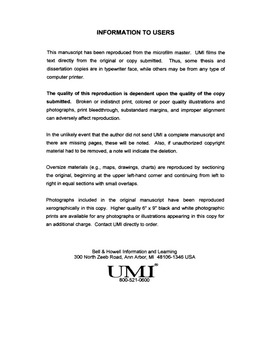| dc.contributor.advisor | Tiab, Djebbar, | en_US |
| dc.contributor.author | Ispas, Ion N. | en_US |
| dc.date.accessioned | 2013-08-16T12:30:45Z | |
| dc.date.available | 2013-08-16T12:30:45Z | |
| dc.date.issued | 1999 | en_US |
| dc.identifier.uri | https://hdl.handle.net/11244/5886 | |
| dc.description.abstract | A computer program was developed for the calculation of all parameters mentioned above and also to automatically curve-fit the main output and diagnostic plots of the model. | en_US |
| dc.description.abstract | New equations for the analysis of fracturing fluid spurt loss and subsequent calculation of fracturing fluid and reservoir properties based on spurt loss, if identified, are introduced. | en_US |
| dc.description.abstract | The present study presents a coupled model for the determination of fluid and reservoir properties, such as fracturing fluid efficiency, leak-off coefficient, fracture half-length, fracture width, spurt-loss coefficient, reservoir permeability and filter-cake resistance. In essence this model can be used for the analysis and interpretation of the fracturing fluid leak-off characteristics as well as the filter-cake reservoir flow based on pressure decline data from a minifrac test. | en_US |
| dc.description.abstract | Many models, describing the mathematics and application of a mini-fracture have been developed. However, a significant number of assumptions limit their applicability, and consequently often times they can not be used successfully for the delineation of fluid and reservoir properties necessary for the calibration of the actual fracturing operation. | en_US |
| dc.description.abstract | In addition, a new pressure derivative equation was derived and incorporated into the model. This is used as an alternate tool for the case in which classic minifrac analysis techniques fails to produce reasonable means of interpretation, which if used would result in unreliable fluid and reservoir properties sought from such a test. | en_US |
| dc.description.abstract | Also, sensitivity analysis is performed, to enhance its applicability by indicating which parameters are playing a major role in the interpretation of a calibration treatment. | en_US |
| dc.description.abstract | A step by step procedure is included and application of the model is demonstrated on real field data obtained from minifrac tests performed on several oil wells. The fluid and reservoir properties determined with this model, are verified by comparison with results obtained from post-fracture tests (i.e. build up, history matching). | en_US |
| dc.description.abstract | One of the most significant contributors to the oil and gas industry as a primary means of well production increase, is the hydraulic fracturing treatment. In essence, more then a million of such treatment operations have been conducted on over 44% of the drilled wells. Nowadays, the costs of these operations, applied for the stimulation of oil and gas wells, have significantly increased, along with the increase of treatment size, pump rates and pressures, varying from fifteen thousands to more then one million dollars per operation. Consequently, a correct calibration of such operations is very important, and to ensure this, mini-fracture treatments are used. | en_US |
| dc.format.extent | xvii, 293 leaves : | en_US |
| dc.subject | Gas reservoirs Permeability. | en_US |
| dc.subject | Oil wells Hydraulic fracturing. | en_US |
| dc.subject | Engineering, Petroleum. | en_US |
| dc.title | A coupled model for the prediction of fluid and reservoir properties from minifrac tests. | en_US |
| dc.type | Thesis | en_US |
| dc.thesis.degree | Ph.D. | en_US |
| dc.thesis.degreeDiscipline | Mewbourne School of Petroleum and Geological Engineering | en_US |
| dc.note | Major Professor: Djebbar Tiab. | en_US |
| dc.note | Source: Dissertation Abstracts International, Volume: 60-11, Section: B, page: 5750. | en_US |
| ou.identifier | (UMI)AAI9949712 | en_US |
| ou.group | Mewbourne College of Earth and Energy::Mewbourne School of Petroleum and Geological Engineering | |
